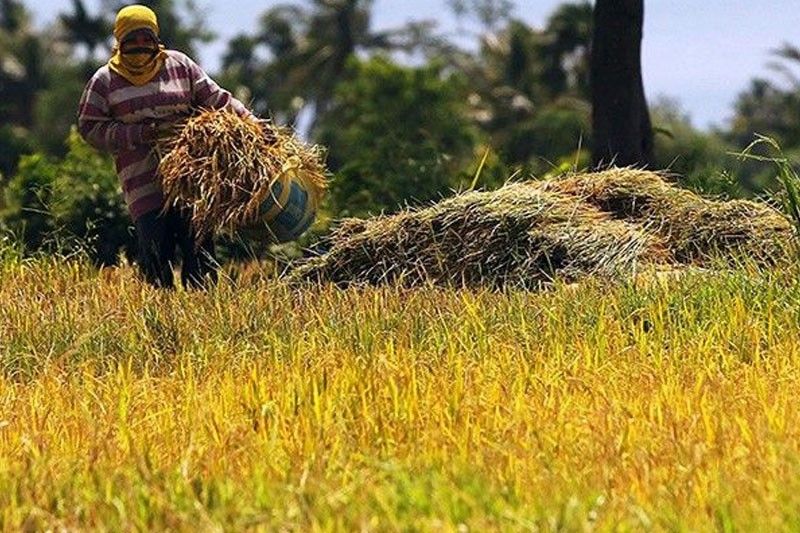Philippines expects record palay output this year

MANILA, Philippines — The country expects to attain a record-high palay or unhusked rice production of 22.12 million metric tons (MT) this year, 18 percent higher than last year’s 18.81 million MT, according to the Department of Agriculture (DA).
The DA earlier targeted to produce 19.6 million MT of palay, already considering the effects of the Rice Tariffication Law and the entry of more rice imports.
The Philippines last achieved a record high palay output of 19.27 million MT in 2017.
The DA set the higher target following the approval of the Interagency Task Force for the Management of Emerging Infectious Diseases to its P31 billion supplemental budget for the Plant Plant Plant program.
“The program aims to further improve our food adequacy levels through increased rice, food crops, livestock, poultry and fish production, including that of attaining efficient food processing, marketing and distribution to major consumption centers,” Agriculture Secretary William Dar said.
Part of the budget or P8.5-billion has been allocated for the Rice Resiliency Project to expand production areas, improve yields and ensure availability of rice in the country.
Under the Rice Resiliency Project, the DA aims to boost palay production by end-2020 to 22.12 million MT, which is equivalent to 13.51 million MT of rice.
This is 93 percent of the country’s total rice demand at 14.46 million MT.
“Right after the current dry season, we will urge farmers to plant more areas by providing them quality seeds, fertilizers and appropriate technical assistance,” Dar said.
The Rice Resiliency Project will cover more areas this main cropping season of October, totaling to 2.7 million hectares.
About 1.2 million hectares under the Rice Competitiveness Enhancement Fund will be planted to inbred rice, another 950,000 hectares outside RCEF for inbred rice as well, and another 550,000 hectares planted to hybrid rice.
The DA also continues to aim for a better rice adequacy level.
Currently, the Philippines is 85 percent self-sufficient, significantly lower than the previous level of 93 percent. Thus, the higher importation of rice.
The current 85 percent rice adequacy level is targeted to be increased to as much as 95 percent in the next six years.
- Latest
- Trending



























